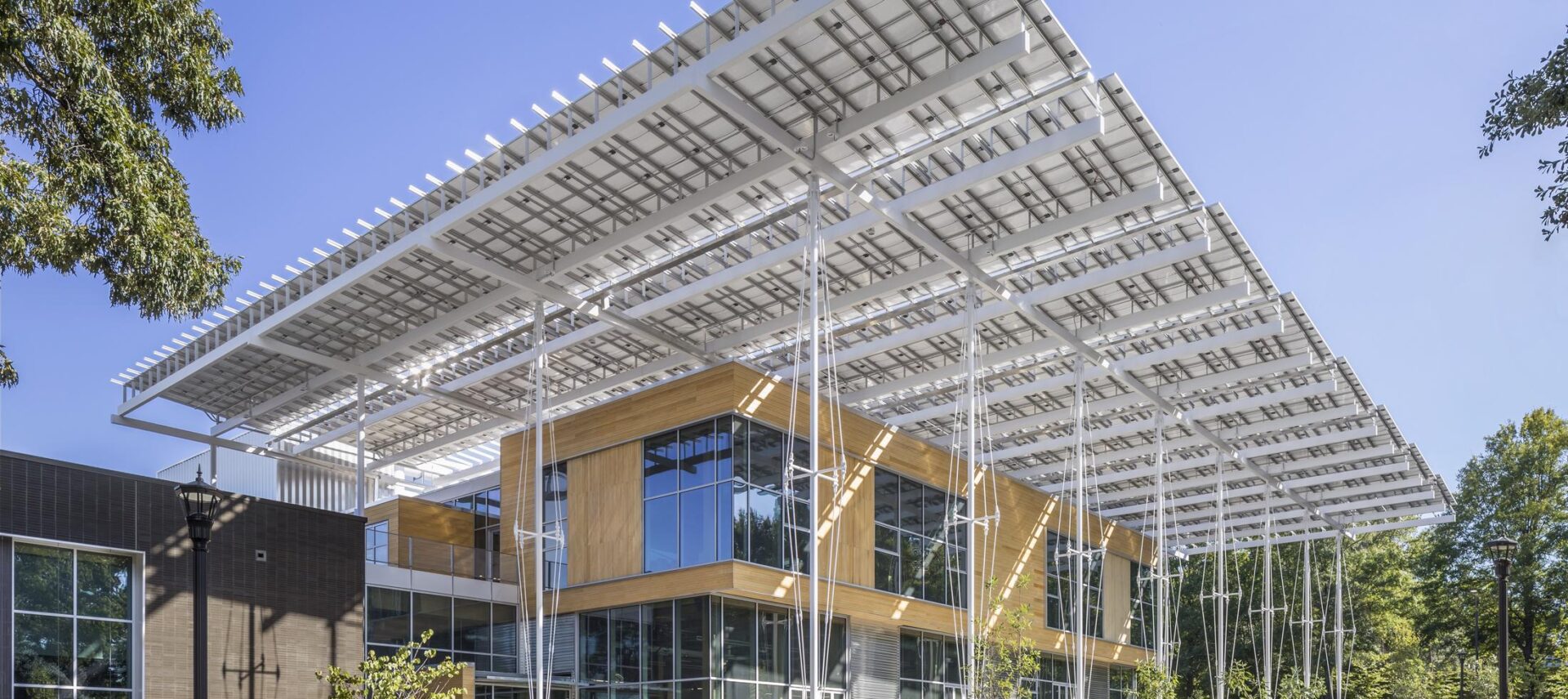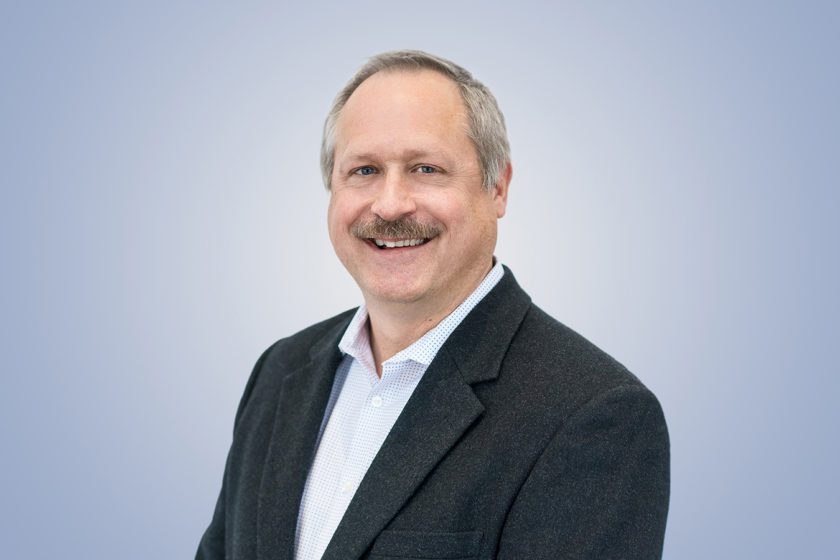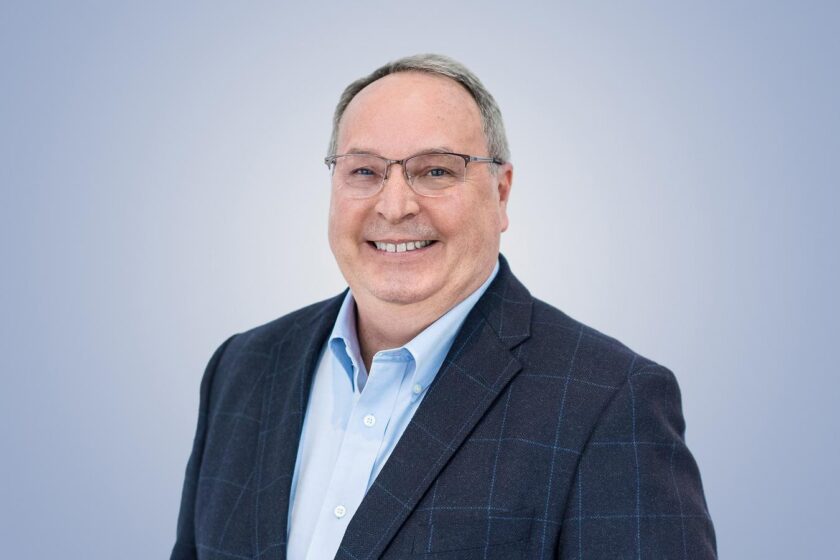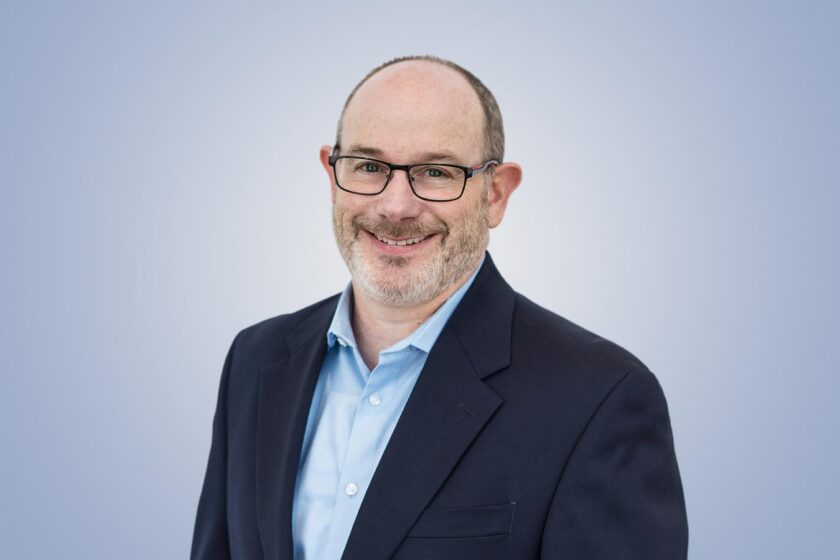News & Insights
Pursuing net zero: 5 things universities need to know about decarbonization projects
Decarbonization projects are a pressing priority for universities as they strive to reduce their carbon footprints and meet climate commitments. Engineers like Salas O’Brien play a critical role in planning, designing and implementing these projects.

Photo of Georgia Tech Kendeda Building for Sustainable Design: Jonathan Hillyer
Certain engineering aspects will help to ensure the success of university decarbonization initiatives. In this article, we outline 5 essential points that university administrators should be aware of when undertaking decarbonization projects.
Decarbonization projects require long-term vision (because major changes will take time).
Many carbon elimination projects take 7 – 10 years and require strategic planning and investment beyond short-term decarbonization goals. The time span is required to address the range of elements involved—many university administrators are surprised by the extent, including logistics and mitigating campus interruptions.
To ensure efficiency, cost savings, and sustainable outcomes, it is important to have committed leadership with a long-term view. Developing a comprehensive roadmap with measurable milestones is essential for success. Salas O’Brien draws on extensive experience in project mapping, design coordination, and implementation to get you there.
Underground projects are complex by nature.
Beneath the beautiful landscapes of college campuses lie complex underground infrastructures. Utility corridors in some universities can be as wide as 70 feet and 15 feet deep, and the reliability of as-built drawings and surveys decreases with the age of the campus. Add to that the intricacies of disturbing regulated soils or protecting heritage landscapes, and both coordination and flexibility become crucial.
Because much of the work for decarbonization projects takes place below grade, sometimes unexpected issues are uncovered that require intervention. Salas O’Brien recommends a “dig before you design” approach with test pits and soil analysis in critical zones to anticipate potential issues. It is critical to think about the below grade world in three dimensions, striving to weave new infrastructure within/around existing utilities, root zones, building renovations, new buildings, etc. The project team should include professionals who can protect the project from surprises and navigate them effectively if they arise.
Decarbonization projects require interdisciplinary collaboration.
Decarbonization projects require collaborative efforts from a team of consultants due to their extensive scope. Mechanical, electrical, and plumbing (MEP) engineering along with civil, site utility, geotechnical, structural, architectural, landscaping, traffic, and construction professionals are involved. Projects involving hazardous materials also involve geo-environmental consultants.
Engaging key participants on the team from the outset is recommended, including a construction manager who can provide preconstruction services and continuous coordination and reporting on costs and resources.
As a university moves from fossil fuel to electric sources, electrical capacity will need to be included in the evaluation as well as overall resiliency of systems. Early utility coordination is an important part of the collaboration process.
Involving the university’s facility maintenance teams captures their institutional knowledge, ensures their understanding of the project and enhances their confidence in the decisions made as well as their ownership of the new systems once they are operational.
Phasing is required to preserve continuous operations on campus (which is more complicated than it sounds).
Consider that your legacy energy systems will need to be kept running while transitioning to new systems or that an athletic field might be disrupted for a season while infrastructure is installed beneath it. Interim teaching spaces may be needed while a building is shut down, and traffic disruptions with disturbance to roadways can impact homecoming or graduation events if not well-planned.
Decarbonization projects have complicated logistics. Understanding the priorities and preferences of the university staff and engaging with them can minimize disruptions and ensure the success of the project.
Decarbonization projects require a communication team.
Successful decarbonization (net zero, netzero, net-zero) projects prioritize clear and frequent communication with faculty, staff, students, authorities having jurisdiction, and the surrounding community. This includes sharing information about changes to traffic patterns, closures, or temporary service outages as well as engaging with the community for outreach and to communicate project plans and potential impacts.
Effective communication not only facilitates project execution but also presents valuable opportunities to raise awareness and engage the campus community around sustainable practices.
The communication team is typically a collaboration between engineering and construction professionals with the university’s administration and planning team.
Want to talk with someone about getting your campus to net zero?
Decarbonization projects are complex but worthy investments in building a sustainable future and key to meeting climate commitments. With long-term vision, an understanding of complexity, interdisciplinary collaboration, effective phasing, and a strong communications team, decarbonization projects can produce a solid return on investment and move universities closer to their sustainability goals.
Have questions about what this looks like on your campus? Salas O’Brien’s decarbonization teams can offer practical advice. Reach out. We would love to speak with you.
For media inquiries on this article, reach out to Stacy Lake.
Decarbonization in Higher Education

Alan Vanags, PE, LEED AP
Alan Vanags has 30+ years of design and management experience. Alan focuses his efforts on providing technical guidance and leadership to his staff, as well as directing highly technical projects. An electrical engineer by training, he oversees a broad spectrum of projects, including laboratory buildings and complex hospital projects to campus infrastructure planning and design. Alan is a Principal with Salas O’Brien. Contact him at [email protected].

Tom St. Denis, PE, LEED AP
Tom St. Denis is a civil/structural engineer with more than 30 years serving higher education, healthcare, commercial, and industrial clients. Tom has a deep understanding of the unique challenges faced by clients seeking sustainable solutions and works directly with administrators, officials, and regulatory offices to manage the approval process. Tom serves as a Principal at Salas O’Brien. Contact him at [email protected].

Jim Velleman, PE, LEED AP
Jim Velleman specializes in civil and site utility engineering for institutional and commercial clients with 25+ years of experience. He has a long history of helping clients transition to more sustainable practices and has a passion for how campuses evolve over time. As the civil/site utility engineer for decarbonization projects, he (and his team) are the bridge between building and site sustainable strategies. Jim serves as a Vice President at Salas O’Brien. Contact him at [email protected].


